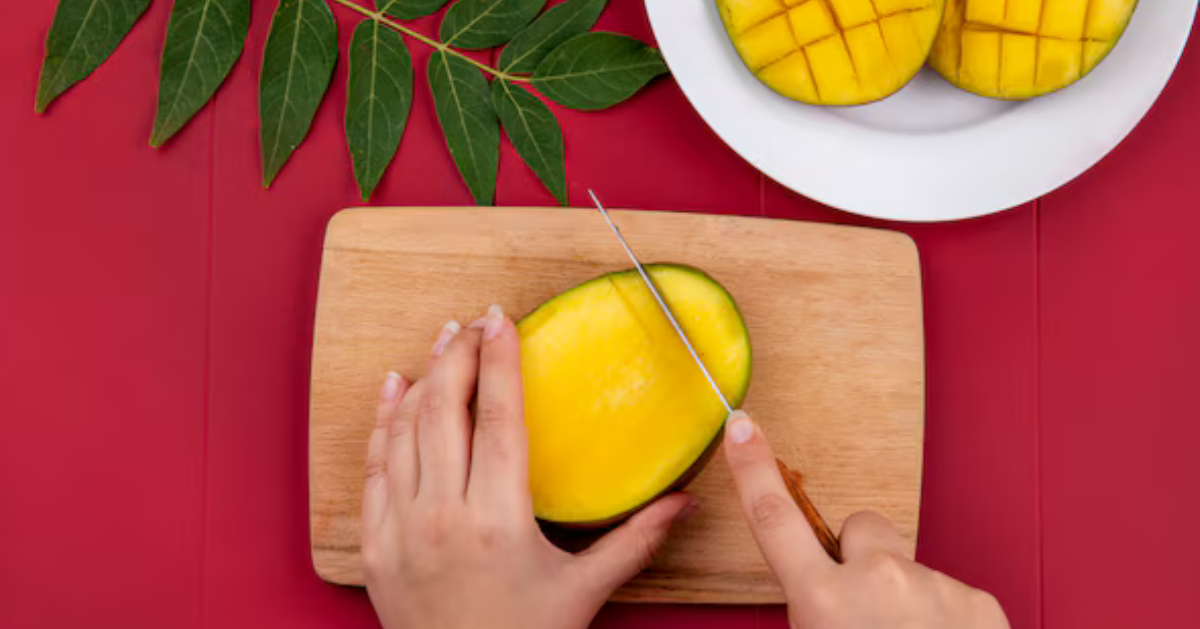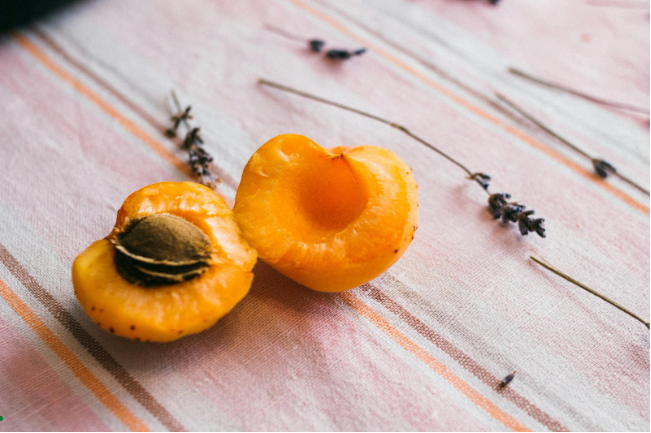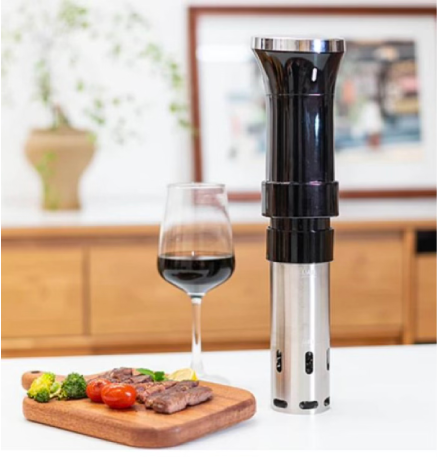Known as the “King of Mangoes,” Alphonso mango is cherished for its rich flavor, velvety texture, and unmatched sweetness. Its distinct aroma and vibrant golden-yellow hue have made it a favorite among mango lovers worldwide.
The Origins of Alphonso Mango
Alphonso mango, also called Hapus in India, hails from the Konkan region of Maharashtra. This variety traces its name to Afonso de Albuquerque, a Portuguese general who introduced grafting techniques to India in the 15th century, leading to the cultivation of this unique mango.
Where Alphonso Mangoes Are Grown
The primary regions where Alphonso mangoes thrive include:
- Ratnagiri: Known for producing the finest Alphonso mangoes, thanks to its coastal climate.
- Sindhudurg: Another prominent district in Maharashtra famous for Alphonso mango cultivation.
- Goa and Gujarat: These states also contribute to the Alphonso mango’s global fame.
The Unique Flavor Profile of Alphonso Mango
The Alphonso mango stands out due to its:
- Sweetness: A perfect blend of sugary sweetness and mild acidity.
- Aroma: A heady, tropical fragrance that signals its ripeness.
- Texture: Buttery and fiber-free pulp that melts in your mouth.
The Growing Season for Alphonso Mangoes
Alphonso mangoes are typically harvested from March to June, making them a seasonal delicacy. Their availability depends on climate conditions, as they need warm temperatures to thrive.
Nutritional Benefits of Alphonso Mangoes
Packed with vitamins and minerals, Alphonso mangoes offer multiple health benefits:
- Rich in Vitamin A and C: Boosts immunity and enhances skin health.
- High Fiber Content: Promotes digestion and prevents constipation.
- Antioxidants: Helps fight free radicals and prevents aging.
How to Identify a Genuine Alphonso Mango
When buying Alphonso mangoes, look for:
- Shape: A distinctive oval shape with a pointed tip.
- Color: A bright golden-yellow skin with a slight reddish tinge.
- Aroma: A sweet, tropical scent that lingers.
Avoid mangoes that appear overly green or lack fragrance, as they may be unripe or artificially ripened.
How Alphonso Mangoes Are Harvested
Farmers carefully pluck the mangoes by hand to ensure minimal damage. They are then sorted and packed with care to maintain their quality during transportation.
Export Value of Alphonso Mangoes
Alphonso mangoes are a significant export product for India, particularly to countries like the UAE, USA, and UK. The strict quality standards in export ensure that only the best fruits reach global markets.
Why Alphonso Mangoes Are Expensive
The cost of Alphonso mangoes reflects their superior quality, limited availability, and labor-intensive cultivation process. Moreover, high demand in both domestic and international markets drives up their price.
Best Ways to Enjoy Alphonso Mangoes
From eating them raw to incorporating them into desserts, here’s how you can relish Alphonso mangoes:
- Fresh Slices: The simplest and most popular way to enjoy.
- Aamras: A sweet mango pulp often paired with Indian breads like puris.
- Milkshakes: Blend Alphonso mangoes with milk for a refreshing drink.
- Desserts: Use them in cakes, puddings, or ice creams for a fruity twist.
How to Store Alphonso Mangoes
To keep Alphonso mangoes fresh:
- Store unripe mangoes at room temperature.
- Once ripe, refrigerate them to extend their shelf life.
- Avoid plastic bags, as they can trap moisture and cause spoilage.
The Cultural Significance of Alphonso Mangoes
In India, Alphonso mangoes symbolize luxury and celebration. They are often exchanged as gifts and used in festive feasts during the summer season.
Recipes Using Alphonso Mangoes
Some popular dishes made with Alphonso mangoes include:
- Mango Lassi: A creamy yogurt-based drink.
- Mango Salsa: A tangy side dish perfect for summer meals.
- Mango Cheesecake: A no-bake dessert that highlights the mango’s sweetness.
The Global Love for Alphonso Mangoes
Thanks to its exceptional quality, Alphonso mango has earned fans worldwide. Chefs and food enthusiasts often use it to elevate culinary creations.
Sustainability in Alphonso Mango Farming
Efforts are being made to adopt eco-friendly farming techniques. Organic cultivation and reduced pesticide use are gaining traction among farmers to preserve soil health.
Conclusion
Alphonso mangoes truly deserve their royal status. With their unparalleled taste, cultural importance, and health benefits, they continue to win hearts across the globe. Whether you’re indulging in fresh slices or whipping up mango-based recipes, Alphonso mangoes promise a delightful experience.
FAQs
Why is Alphonso mango called the King of Mangoes?
Its rich flavor, unique aroma, and buttery texture make it the best among all mango varieties.
Can Alphonso mangoes be grown outside India?
While attempts have been made, the specific climate and soil of India’s Konkan region make it challenging to replicate their quality elsewhere.
How can I check if an Alphonso mango is ripe?
A ripe Alphonso mango has a golden-yellow skin, a sweet fragrance, and yields slightly to gentle pressure.
What makes Alphonso mango expensive?
Limited supply, high demand, and the labor-intensive cultivation process contribute to its cost.
Are Alphonso mangoes good for health?
Yes, they are rich in vitamins, antioxidants, and fiber, making them a healthy fruit choice.












